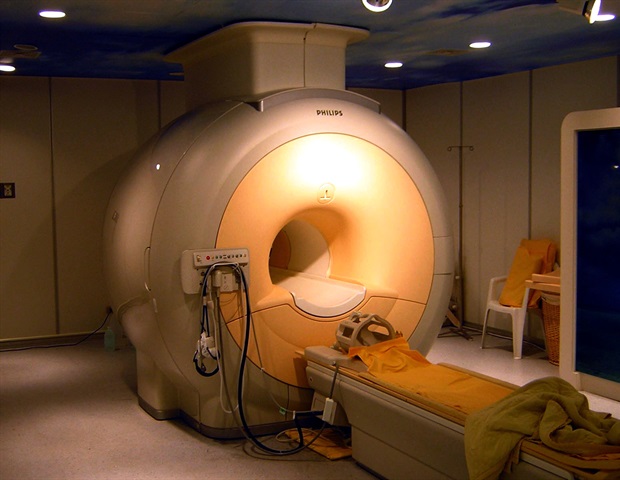Abnormal blood flow in the aorta is linked to inflammation and breakdown of the vessel wall in conditions where the aorta is dilated. This is shown in a study led by researchers at Linköping University. The findings can contribute to better diagnosis and open up new ways to assess the risk of serious and usually fatal complications, such as rupture of the aorta.
All blood in the body passes through the heart about once a minute. With every heartbeat, blood from the heart is pumped up into the aorta. Dilation can occur in all parts of the aorta.

It is unclear exactly how this happens, but one explanation may be weakening of the connective tissue in the vessel wall. Factors such as elevated blood pressure, age and various hereditary conditions increase the risk. A person affected by aortic dilation usually does not notice anything.
But more and more people with aortic dilation are being discovered by healthcare – often by chance. In healthcare, we're doing more and more imaging where we look at, for example, the heart or lungs, and then we can find that the patient's aorta is a little larger than normal in some parts. There's a need for more tools to guide doctors on how to handle these patients.
In a minority of them, the aorta will unfortunately dilate more, and, in the worst case, the aorta will rupture, which is usually fatal." Filip Hammaréus, PhD student at the Department of Health, Medicine and Caring Sciences at Linköping University and intern physician at Ryhov.























